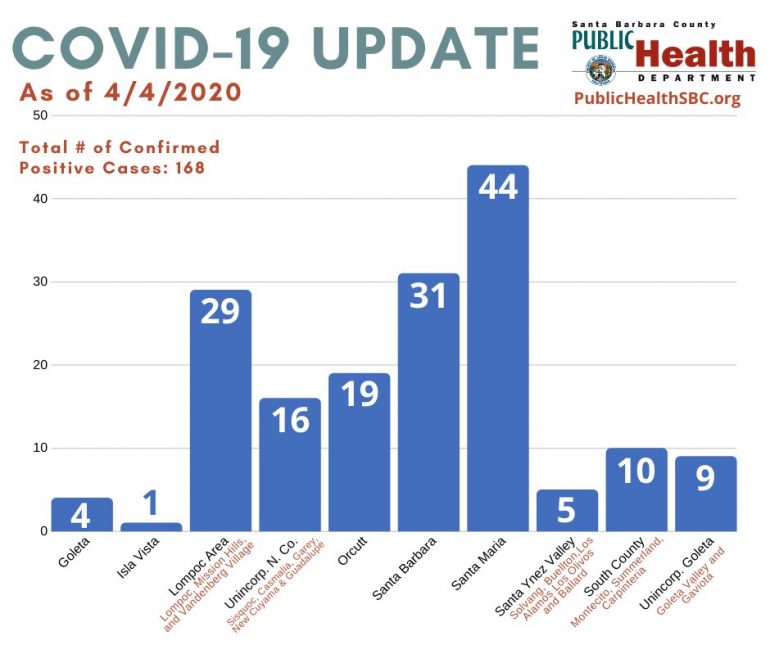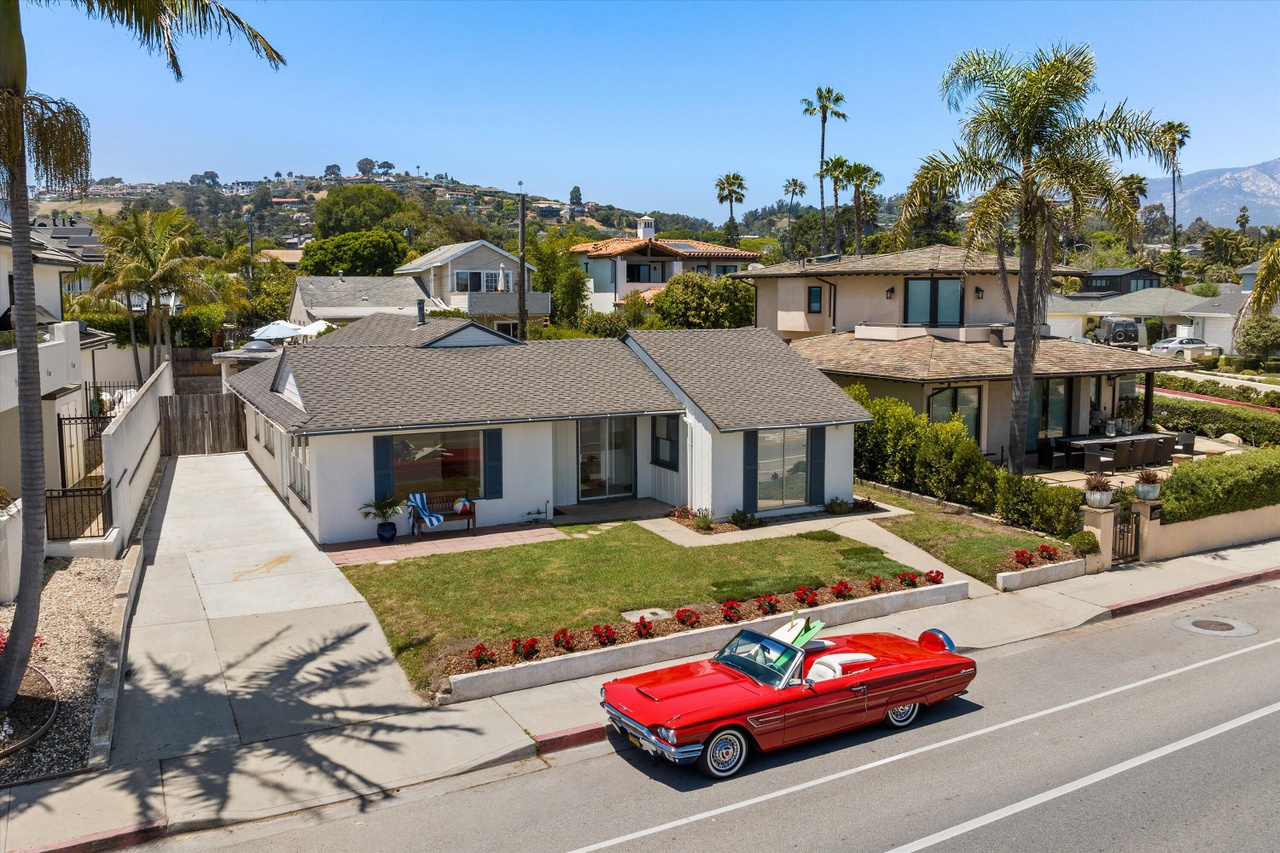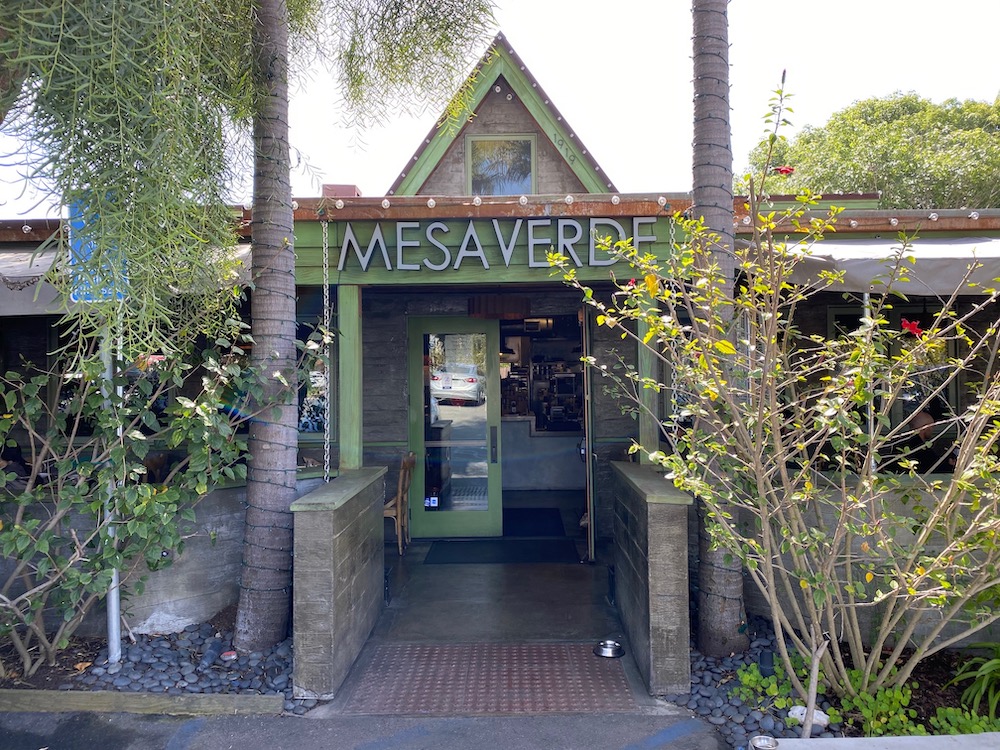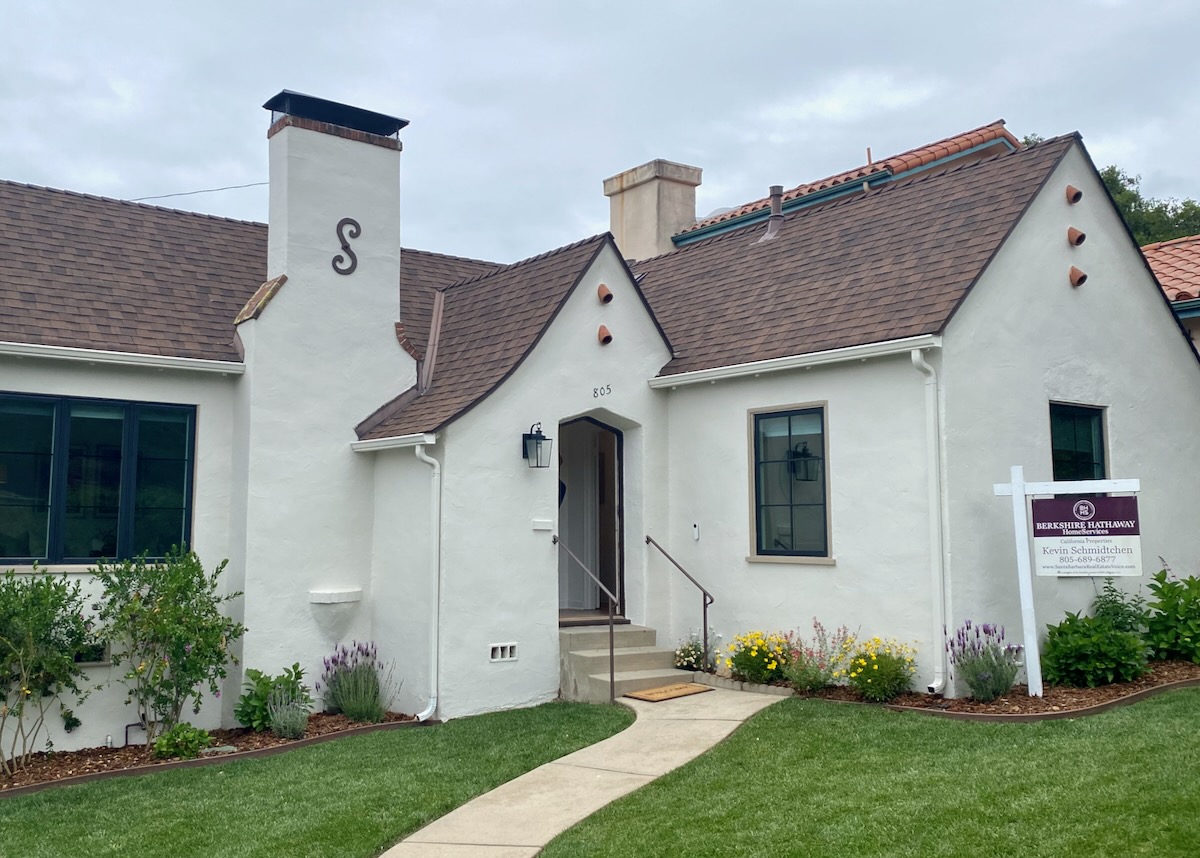
••• “As Santa Barbara County continues to see more coronavirus cases, first responders and health-care workers are forced to work longer hours away from their children. Rather than scatter free childcare sites throughout the area, as Sacramento and other California counties have done, Santa Barbara County is setting up a completely original model. The trailblazing model puts essential workers’ children in childcare sites based on their parents’ employers.” —Independent
••• The history of Quarantina Street, apropos of the obvious: “Quarantina has been anglicized from the Spanish cuarentena which can mean ‘forty days, months or years.’ In this instance, the word means forty days, the standard period of isolation for plagues and other illnesses, and recalls two incidents in the 1790s where ships, one with scurvy and the other with smallpox, were placed into quarantine. […] As originally laid out, Quarantina Street led all the way to East Beach identifying the location where the quarantined ships were said to have anchored and the scurvied sailors had camped.” —Edhat
••• “Governor Gavin Newsom announced the launch of Project Roomkey on Friday [….] The initiative allows the state to secure thousands of hotel and motel rooms across the state and convert them to secure isolation housing for the homeless to protect that population from the coronavirus.” —KEYT
••• “April 3 was the first day small businesses could apply for new programs under the CARES Act, but last-minute changes meant only a few financial institutions in the Tri-Counties were able to roll out those options on opening day. Through hard work and preparation, Montecito Bank & Trust was able to accept initial applications when national lenders like Wells Fargo, Bank of America and Chase were still getting ready.” —Pacific Coast Business Times
••• “Central Coast gun shop sales are soaring after a national dispute over whether gun access is critical amid the pandemic. Gun shop owners said the rise is from customers seeking protection during the uncertainty of this health emergency.” The irony, of course, is that owning a gun is more dangerous than not. —KEYT
••• Bookstores are open. —Independent
••• “Firefighters Rescue Naked Man from Storm Drain in Downtown Santa Barbara […] Emergency personnel aren’t sure how he got there or how long he was underground.” —Noozhawk
••• The buyer of the 13.75-acre El Mirador estate at 800 Cold Spring Road was Jeff Abrams, founder of the Rails fashion company “contemporary global lifestyle brand.” “About a year ago, Abrams paid exactly $10 million for Montecito’s 4.5-acre Palmyra estate, which happens to sit right next door to the much larger lot he just purchased. As it turns out, the two separate properties were both once part of a bygone, 70-acre residential compound developed a century ago by ultra-wealthy Chicago meatpacking heiress Lolita Armour and her husband, United Airlines co-founder Jack Mitchell. […] It seems likely Abrams will merge the two properties into an 18-acre compound.” Abrams got El Mirador for $6.85 million, 55% off the initial asking price. —Dirt


















Comment: